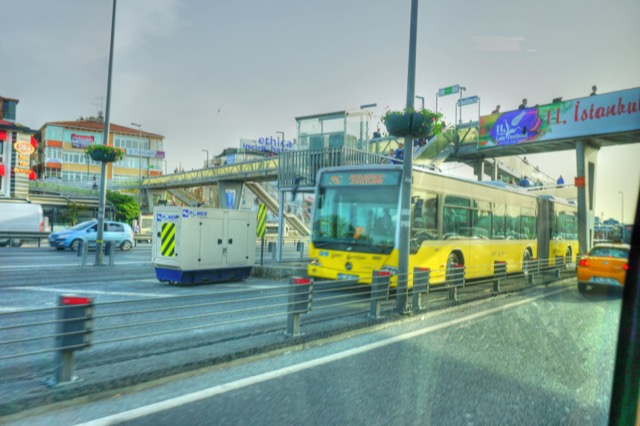Transit carried 16.6 percent of motorized travel in Honolulu, more than in any other urban area in the country. New York is second at 11.9 percent, followed by San Francisco at 7.9 percent, Chicago at 4.0 percent, State College PA at 3.7 percent, Seattle at 3.5 percent, Lompoc CA at 3.3 percent, and Boston at 3.2 percent. Philadelphia, Salt Lake (but see below), Portland, Baltimore, Los Angeles, Louisville, and six smaller urban areas are between 2 and 3 percent, and 35 urban areas are between 1 and 2 percent. Transit’s share in the remaining 350 or so urban areas is less than 1 percent.
The Antiplanner calculated these numbers using the newly posted table HM-72, “Urbanized area summary,” from the 2014 Highway Statistics, and from my summary spreadsheet of the 2014 National Transit Database. The National Transit Database has annual passenger miles of transit use by agency and designates which urban area is served by each agency; my summary spreadsheet totals the numbers for each urban area. Table HM-72 has daily vehicle miles of travel by urbanized area.
To convert daily vehicle miles to annual passenger miles, I multiplied daily by 365–unlike the transit people, the highway agencies use the average of all days in the week, not the weekday average–and then by 1.6 to account for vehicle occupancy. I calculated the 1.6 based on the share of urban travel by car, motorcycle, truck, and bus from table VM-1, using 1.55 for short wheelbase vehicles, 1.84 for long-wheelbase light-duty vehicles, 1 for motorcycles and heavy trucks and 11 for buses. There’s a slight bit of double counting as slightly less than 1/2 of a percent of urban vehicle miles is buses, and most of those are transit buses, but this won’t change the numbers much.








